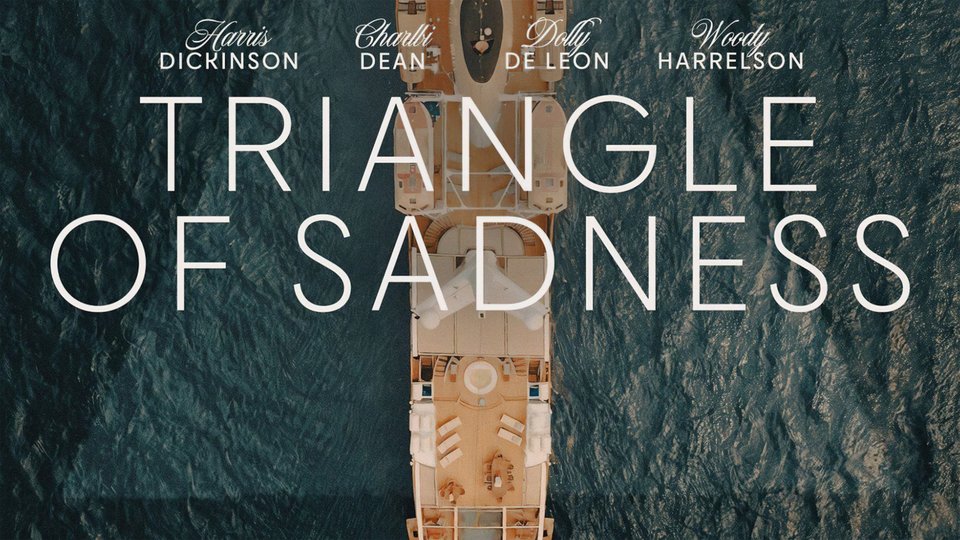Felling a tree is at least a two-man job. But in “Värn,” one man takes on the tree.
Ruben Östlund
We’re Ruben Östlund’s guinea pigs.
The genius of the Swedish director is that he doesn’t just display social commentary in “Triangle of Sadness”; he implicates his audience as part of a social experiment. His last two brilliant films before this, “Force Majeure” and “The Square” (a Cannes Film Festival Palme D’or winner along with his latest), did as much.
We’ll watch a social interaction. We’ll have our opinions. We’ll take sides. Then, he’ll put a similar social interaction in an entirely different context. We’re forced to see things differently, reevaluate previous scenes and are primed to watch future scenes in a certain way. He’s essentially forcing us to be bystanders in a European art house version of “What Would You Do?”.
In his breakthrough film “Force Majeure,” one scene encapsulates this all. On a family ski trip, a husband and father rushes away from his family as an avalanche approaches. The wife and mother stays put, protecting both children. As it happens, by the time the avalanche gets to them it’s an innocuous, cold mist. Everyone is safe. No big deal. But then it becomes one. The incident causes the family to view one another in a different light — they’ve seen how each one would act in a split second, life threatening event. That revelation is passed onto us, forcing us to scrutinize every subsequent social interaction.
”Triangle of Sadness” is told in three distinct parts, with different settings and social contexts. We have a veritable Smörgåsbord of characters: habitual selfie snapping models, a Marxist captain of a quarter-billion dollar yacht, an industrious and devious cleaning lady, a gluttonous Russian oligarch and more to pin up on the rogues gallery of social stratum. It’s about capitalist vs. communism. The nature of man. Gender politics. And it’s about shit. That much is obvious.
The concept of “Force Majeure” is that we look through the lens of the one incident to make sense of the rest of the film. “Östlund’s Avalanche” is every scene in “Triangle of Sadness.” It’s a rollercoaster of readjusting our vision, and at a certain point, for the faint of heart and stomach, turning our gaze away at one of the best gross out sequences ever committed to the screen.
“Triangle of Sadness” trails a smidge behind the director’s preceding film “The Square.” The former is more baroque and blunt. It is also more fun. The latter performs the better balancing act between subtlety and outrageousness. As you’ll see in his latest’s most memorable scene, a balancing act, quite literally, “Triangle of Sadness” is emphatically not. We can be suffocated, often with raucous laughter, by the nonstop avalanches in “Triangle,” buried under the weight of its heavy-handed musings on inequality in society.
Not as great as “The Square,” but grander, “The Triangle of Sadness” is another winner (and one of the best of the year) for the two-time Palme D’or decorated director.
This Swedish film, winner of the Palme d’Or at the Cannes Film Festival and directed by Ruben Östlund, goes to extremes to point out the gap between upper and lower classes. It attempts to satirize contemporary art, but it only succeeds in making itself the butt of the joke.


